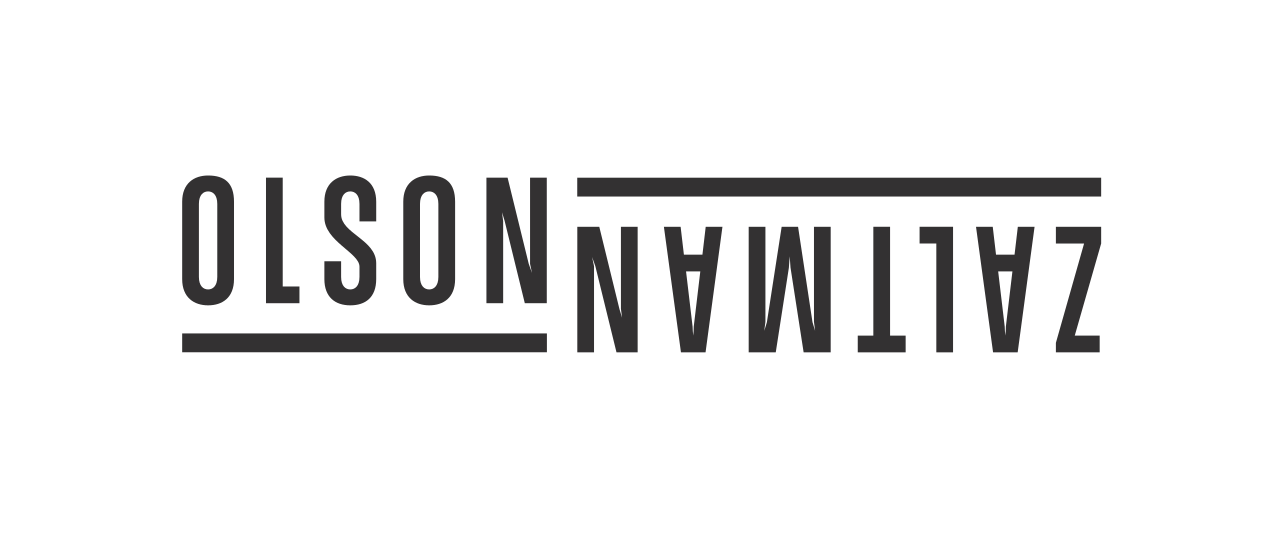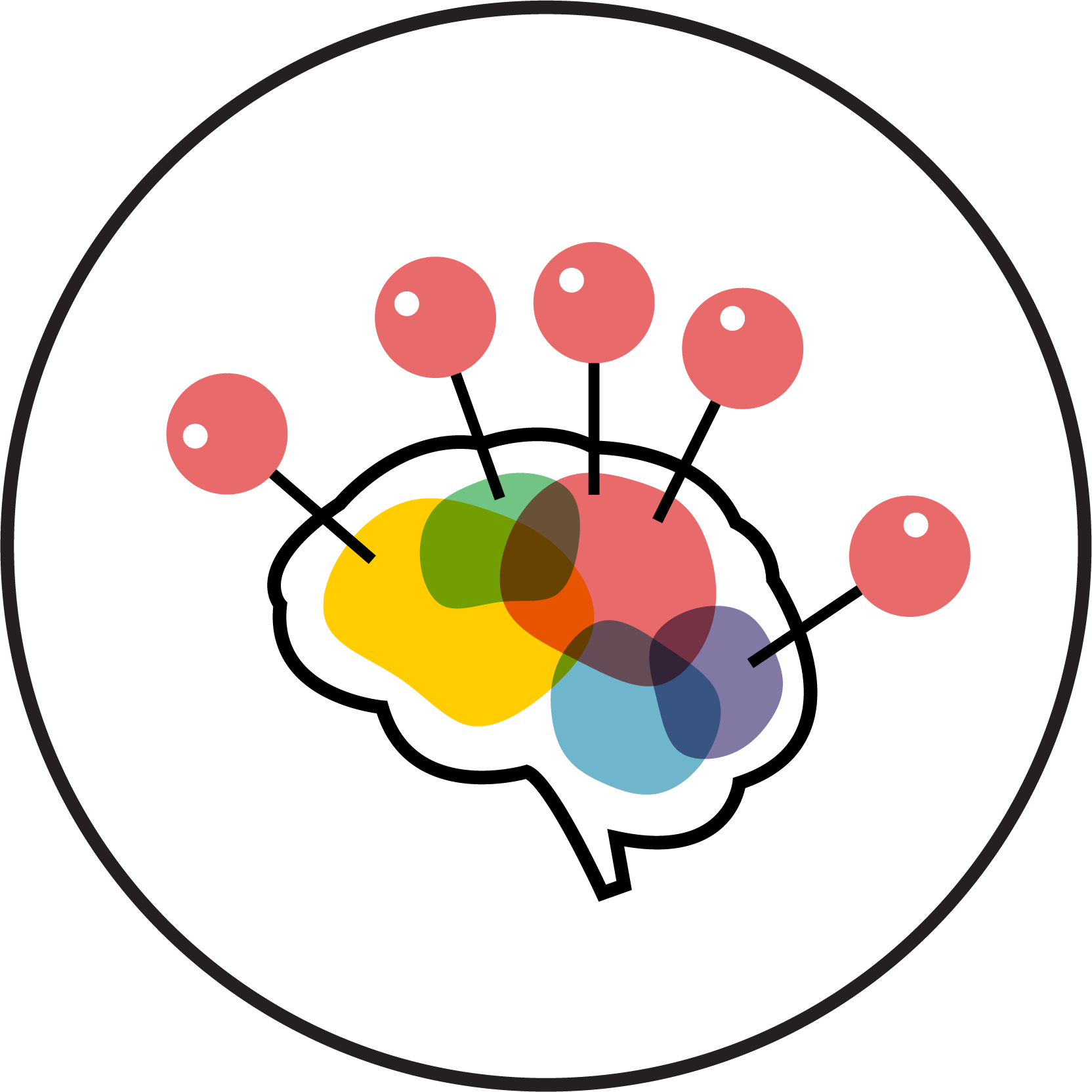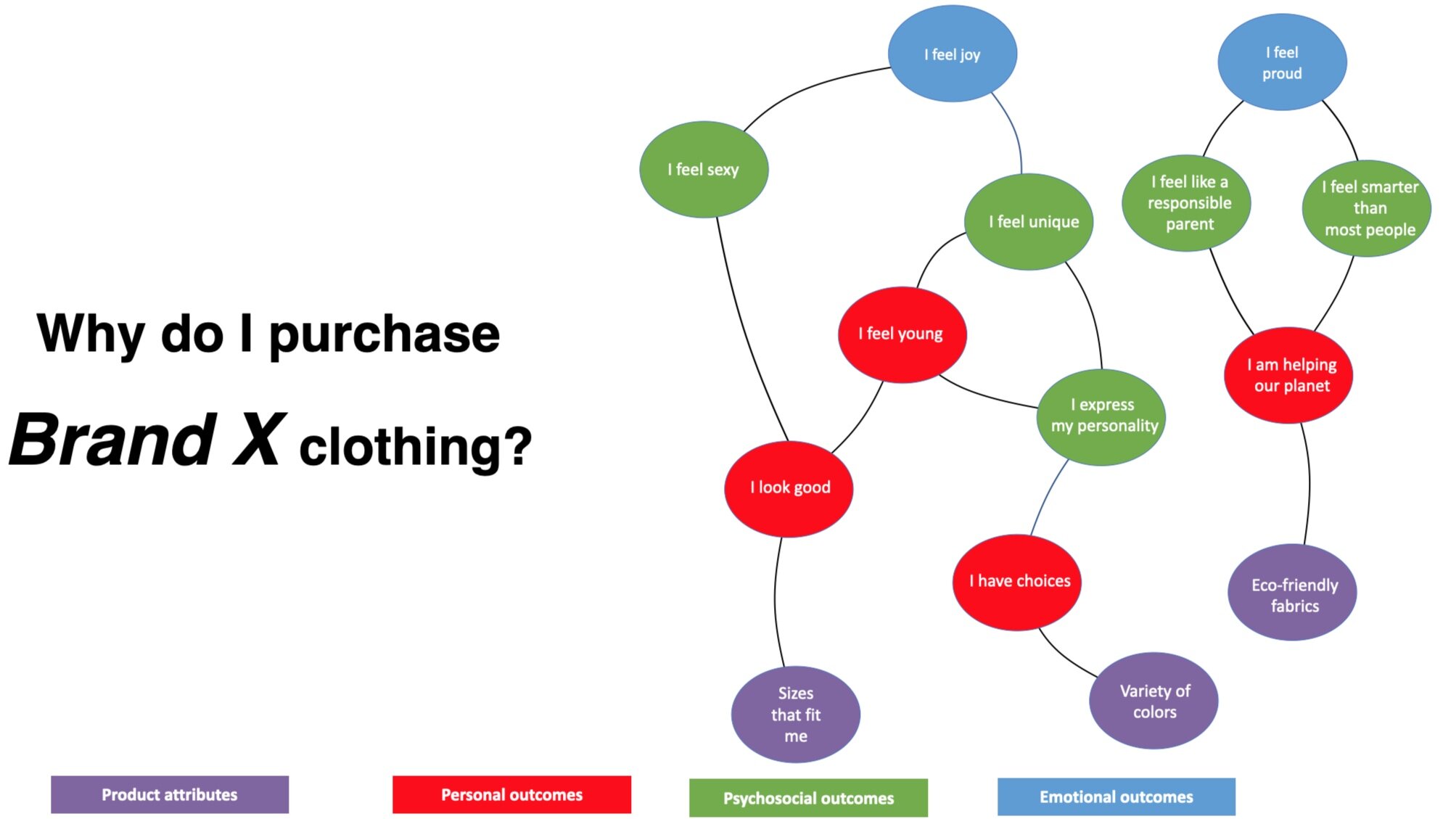ZMET
Zaltman Metaphor Elicitation Technique
Shine a light on consumers' unconscious thoughts
How can peanut butter
make a grown man cry?
How can a convenience store bring out your inner artist?
What is the one thing that strikes terror in the heart of any ER doctor?
Surveys, focus groups, and standard IDIs can never answer these questions. ZMET can.
What is ZMET?
ZMET is a pioneering technique that for over 20 years has revealed what is hidden even from consumers' themselves -- their unconscious thoughts, feelings, needs, and desires.
When you know what was unknown, you have a comprehensive map to connect deeply with your consumers.
How ZMET Works
People usually don't know why they do what they do. A ZMET interview gives consumers a safe place to explore the deeply personal feelings and beliefs that unconsciously shape their behavior.
ZMET is adaptable to your needs and may be done at a research facility, in-home, or online. Your study participants collect images that represent their thoughts and feelings in response to a strategically crafted topic prompt.
Those images are the jumping off point for an intense, soul-searching conversation with a trained and certified ZMET interviewer. The interview taps a bottomless well of unconscious beliefs, experiences, and emotions.
Our careful analysis of your consumers' images and metaphoric language reveals the unconscious mental orientations that guide their choices. We show how these high value insights, rooted in universal Deep Metaphors™, apply directly to your strategic goals.
Metaphors get deep; and when you get deep, you can influence perceptions and behavior; and when you can influence consumers, you win.
"ZMET is a research methodology that we turn to over and over again. It has helped us thoroughly understand our brands, and the insights we gathered with the help of Olson Zaltman continue to live on and influence our most strategic decisions.”
Insights Manager
Fortune 500 food and beverage company
ZMET, a pioneering technique of deep understanding, may be used alone or overlaid with our complementary techniques such as Implicit Association (IAT), Mobile Ethnography (MobE), In Situ Ethnography, and Simile as well as other data sources.
We also customize immersive workshops for your team to help you move along the path from insights to action – and ultimately to marketplace success.
ZMET Origin Story
In 1990, Gerald Zaltman ventured to Nepal, disposable cameras in tow. He journeyed to a small village, where he asked residents to take pictures that symbolized village life.
In this video, Dr. Zaltman discusses how that trip changed his thinking about research, how those insights inspired the development of ZMET, and how they continue to inform our innovations at Olson Zaltman.
MIND MAPPING
You're navigating the sophisticated landscape of consumers' entire psychological worlds.
Our ZMET MindMaps show you how to get from Point A to Point B. They are a visual representation of how tangible product benefits are connected to emotional outcomes.
Here is a simple, hypothetical example of a MindMap:
A successful communication effort involves building a series of connections that links your product or service to the emotional needs that consumers are trying to satisfy.
You can use a MindMap as a strategic game board. You can ask:
Where does my brand exist today in consumers' minds?
Where are my competitors?
Where is the white space?
How might we strategically modify the map to gain a competitive advantage
You have the option of incorporating a MindMap for your brand or category as a build on our ZMET analysis. They are a valuable tool to consider, especially as you seek to enhance your organization's tactics using streamlined, digestible forms of data.
Next Up: ZMET CD
How do consumers really feel about your concept?
















